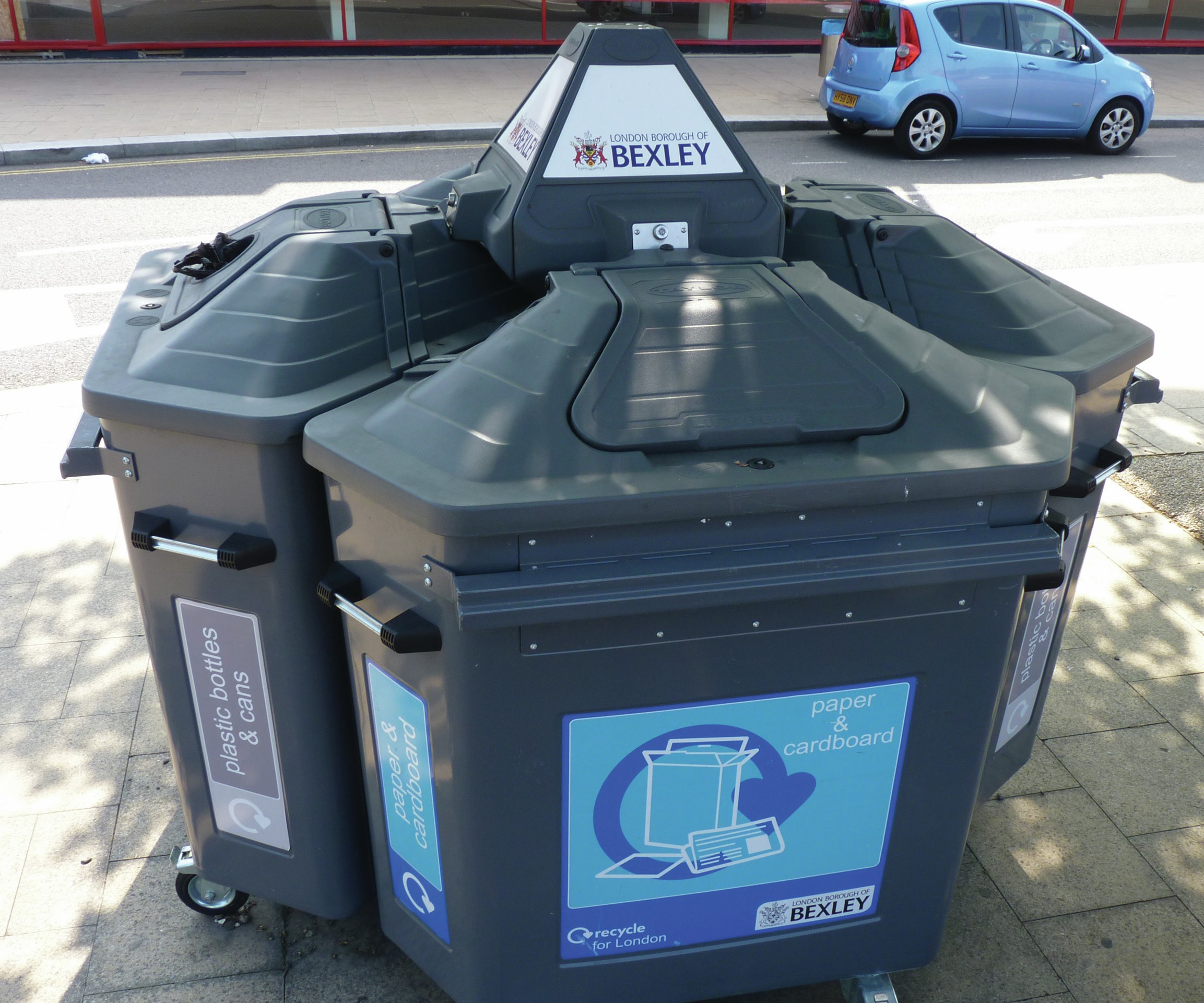
Avast amount of waste is generated in cities and it creates a huge problem. London produces over 20 million tonnes of waste a year. In the past most of this was taken to landfill sites. However, biodegradable waste that ends up in landfill rots, emitting methane, which is 23 times more potent a greenhouse gas than carbon dioxide. In fact, 40% of all UK methane emissions come from landfill sites. Today, recycling rates in London are higher than ever before, but much more still needs to be done for the capital to catch up with other European cities.
The government’s waste hierarchy, shown in Figure 1, highlights that disposal via landfill or burning should be the last resort for waste.
Your organisation does not have access to this article.
Sign up today to give your students the edge they need to achieve their best grades with subject expertise
Subscribe




